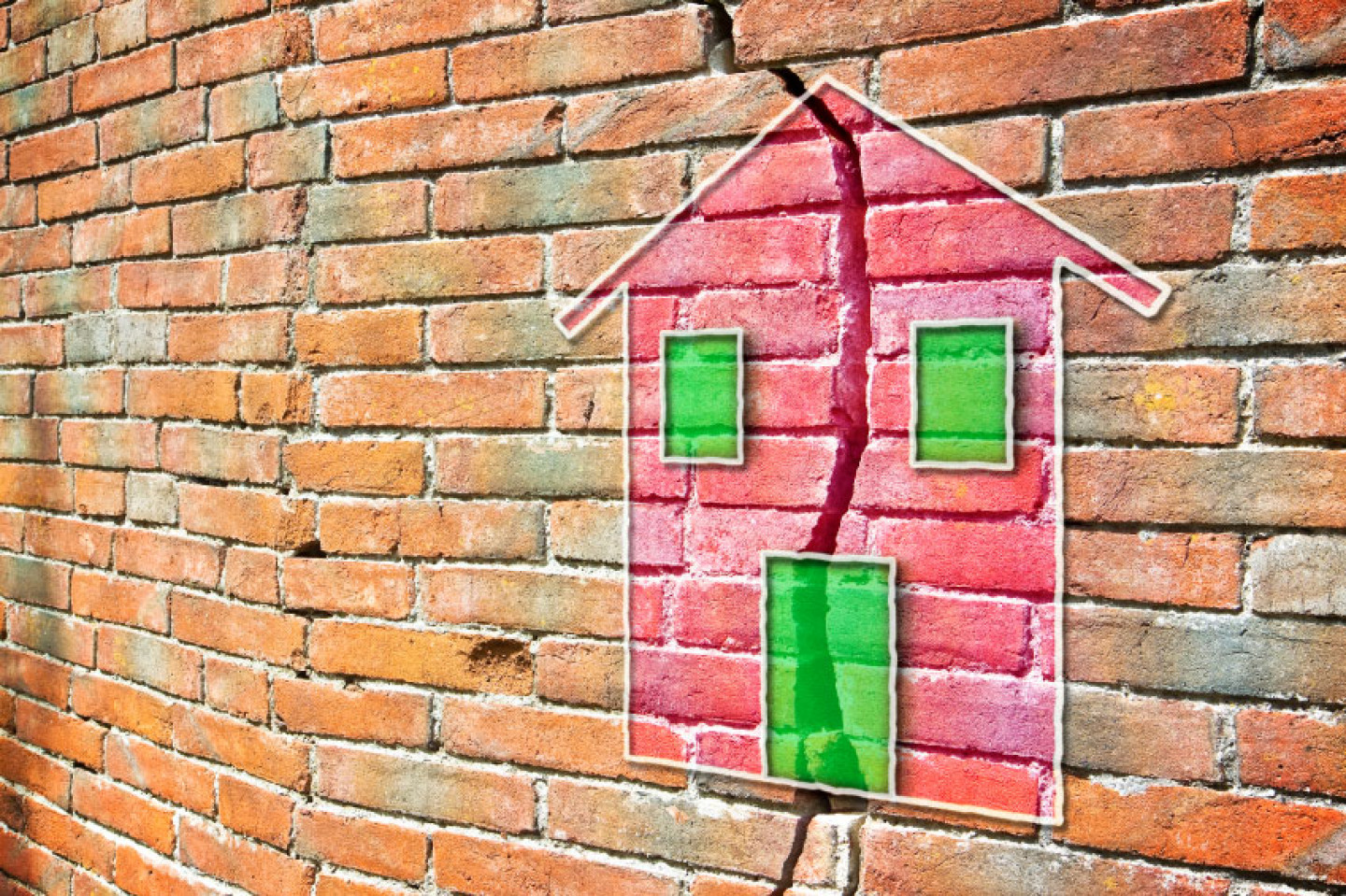Subsidence happens when the ground moves or sinks, a motion that can occur beneath properties, on roads and even on empty fields. The integrity of a building depends on the strength of its foundations, which means that subsidence causes structural issues to those foundations and, consequently, to the building itself.{{auth_split}}
This means the hazards brought on by subsidence can’t be dismissed, as they can cause a vast array of problems in the future, from evacuations to landslides, which can be extremely costly, both for private house owners and to councils.
How can you tell if it’s subsidence?
It might not be clear whether a patch of soil has subsided or not. This is especially tricky if the most obvious signs, such as an irregular hole in the ground, are not there. Still, when a building presents cracks along its walls, that tends to signal the movement of the ground beneath, although not all cracks mean subsidence – these are typically small, diagonal and appear suddenly, often around windows or doors.
The floor might also become uneven, which should always be checked out, as this can cause varying degrees of damage to the property – dealing with subsidence is often inconvenient and, sometimes, it incurs large unexpected costs.
The causes of subsidence
Different soils have different properties, and some of them can be more affected than others. Subsidence often occurs in karst terrains, since the dissolution of limestone by the water flow in the subsurface can cause voids to appear. The roofs of these voids can become weak and collapse, causing a shift in the soil.
This is a type of subsidence that leads to sinkholes, although this downward movement of the ground can be caused by a large variety of other factors:
- Water damage: If water pipes burst, or if other leaks form beneath a property, then it’s likely that the soil is washed away, causing structural issues to the house. This is actually a very common cause, with insurance companies attributing leaking pipes or faulty drains for around 20% of all subsidence claims.

- Clay soils: these types of soil are also prone to subsidence, especially because it can dry up and shrink, or absorb water and expand. This constant shift is translated into movement of a house’s foundations.
- Trees: tree roots take moisture from the soil, which causes it to dry and shrink, a phenomenon that tends to occur mainly in the spring and summer. Certain types of trees, like willows and oaks, are especially problematic.
- Mining: subsurface mining can result in subsidence, especially through the use of methods that intentionally cause the extracted voids to collapse. The extraction of natural gas is also a common cause for this issue.
- Earthquakes: when the ground moves due to the shift of the tectonic plates, the result can often be seen above ground in the form of sinkhole of subsided spots of land.

Can you prevent subsidence?
While it’s not always possible, some measures can be taken in order to avoid subsidence. For example, planting trees away from buildings can help keep their foundations safe, and regular checks that ensure the pipework of any structure is working to perfection, without any leaks or faults, can also guarantee the early detection of this problem. And, of course, carefully analysing the soil and making sure it’s proper for construction is also vital to keep the foundations of a building structurally intact.
Subsidence can be caused by a plethora of different factors, but the good news is that it can be easily repaired in most cases – and there are measures that can be taken to avoid future problems. Early detection is, therefore, key.
With years of experience and knowledge in the drainage engineering industry, Inspect-A-Drain provides highly-specialised solutions that benefit any home or commercial property. If you’re looking for high quality drainage services, contact the Inspect-A-Drain team on 01335 360879.

